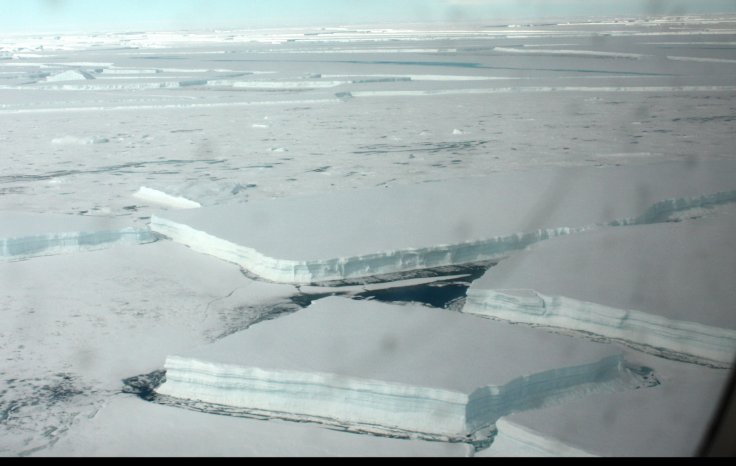Despite advancement in technology, climate scientists are still uncertain about the estimates that will predict the rate at which world's ice sheets will melt, a new study published in the scientific journal Earth-Science Reviews has found.
The ice sheets feed directly into projections of sea-level rise resulting from climate change and they are measured based on the mass balance of ice sheets depending how much material is gained or lost over a period of time. The mass of an ice sheet increases due to snowfall, while icebreaking or melting results in losing mass. The overall balance between these two is extremely crucial.

When compared to previous decades, scientists now have a better understanding of the melting behaviour of ice sheets. However, the researchers found that there are still significant uncertainties about their future melt rates.
Highly sensitive indicators of climate change
According to the study, there are several key deficiencies in the models that are used to estimate the long-term health of ice sheets and related global sea-level predictions. Despite recent advances in computer modelling of ice sheets in response to climate change, those areas are not clear to the scientists. But they believe that improving the estimates could be quite helpful to informing the scale of response needed to mitigate the potential impact of climate change.
Edward Hanna, Professor of Climate Science and Meteorology at the University of Lincoln, UK, said, "The ice sheets are highly sensitive indicators of climate change, but despite significant recent improvements in data and knowledge, we still don't understand enough about how rapidly they are likely to lose mass during and beyond the current century.
"Enhanced observations of ice sheets, mainly from satellite data fed into improved computer simulations, are vital to help refine predictions of future sea-level rise that will result from continued global warming. They are urgently needed to assist climate adaptation and impact planning across the world," Professor Hanna, who co-ordinated the research in co-operation with a leading international group of glaciologists, said.
Rise in global sea level
The Antarctic and Greenland ice sheets have overtaken thousands of smaller glaciers as major contributors to rising sea levels in the last decade. Thus, it is believed that these ice sheets have enough ice to raise global sea levels by almost 65 meters. However, there are some estimates that show a total contribution of one and a half meters from Antarctica to global sea-level rise by 2100 and there are others who suggest that the contribution is only of a few tens of centimetres.
Need more enhanced satellite and ground-based observations
The scientists said that further research needs to be done with the help of enhanced satellite and ground-based observations to have a clear estimate of the melting rate. The monitoring should also add interactive computer models that combine ice masses, the atmosphere, ocean and solid Earth systems.
The researchers analysed the recent estimates of ice sheet and glacier mass balance. They also highlighted recent advances and limitations in computer-model simulations of ice sheet change as an important basis for their future work. The research was partly sponsored by the World Climate Research Program, the Scientific Committee on Antarctic Research and the International Arctic Science Committee.









